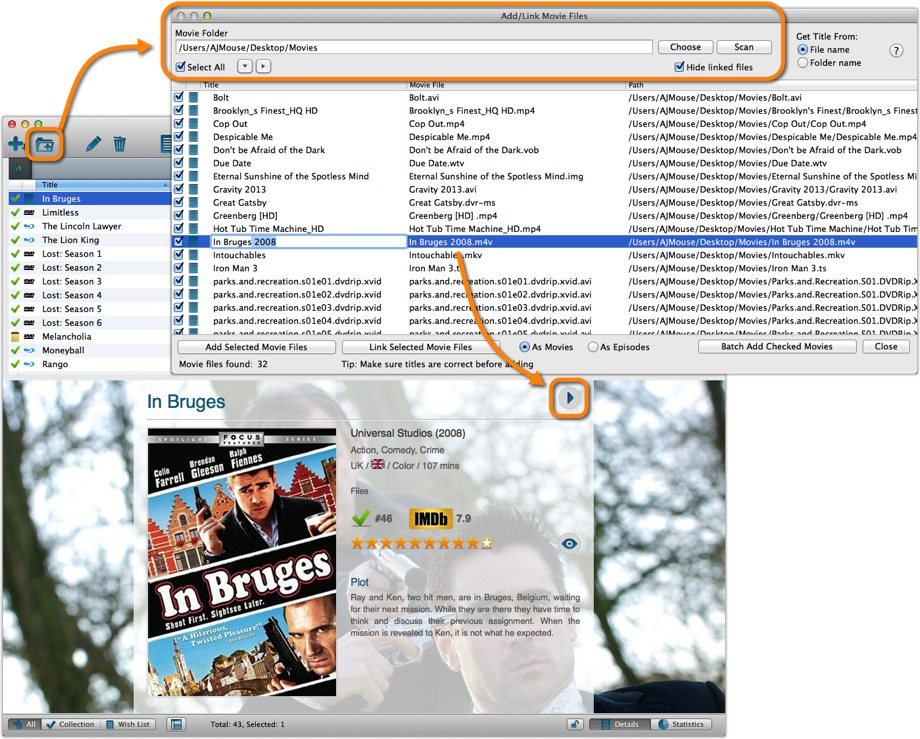

Ĩ Introduction to Haptic Rendering Algorithms 8.1 Definition of the Rendering Problem. 7.4 Extensions to the Passivity Framework 7.5 Control Methods. ħ Stability of Haptic Displays 7.1 Definitions. 6.5 Friction Patterns to Mimic Textures 6.6 Multidimensional Scaling. Ħ Variable Friction Haptic Displays 6.1 Human Perception of Friction. ĥ Locomotion Interfaces and Rendering 5.1 Locomotion Interface Designs. 4.3 Design of a Multifinger Haptic Device 4.4 Multifinger Rendering Method. Ĥ Rendering for Multifinger Haptic Devices 4.1 Literature Review. 3.2 Sensory Modes and Interface Devices 3.3 Locomotion Interfaces.

ģ Design Issues in Haptic Devices 3.1 Towards Full-Body Virtual Touch. 2.3 Using the Crossmodal Congruency Task 2.4 Using the Crossmodal Congruency Task 2.5 Conclusion. Ģ Multi-Sensory Interactions 2.1 Introduction to Crossmodal Congruency 2.2 The Crossmodal Congruency Task. 1.4 Intersensory Influences via Indirect Touch. 1.2 Effects of a Rigid Link on Other Object Properties. Includes bibliographical references and index. Library of Congress Cataloging-in-Publication Data Haptic rendering : foundations, algorithms, and applications / edited by Ming Lin, Miguel Otaduy p. No part of the material protected by this copyright notice may be reproduced or utilized in any form, electronic or mechanical, including photocopying, recording, or by any information storage and retrieval system, without written permission from the copyright owner. 888 Worcester Street, Suite 230 Wellesley, MA 02482 c 2008 by A K Peters, Ltd. Wellesley, MassachusettsĮditorial, Sales, and Customer Service Office A K Peters, Ltd. Haptic Rendering Foundations, Algorithms, and ApplicationsĪ K Peters, Ltd.


 0 kommentar(er)
0 kommentar(er)
